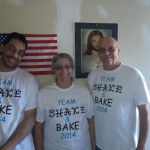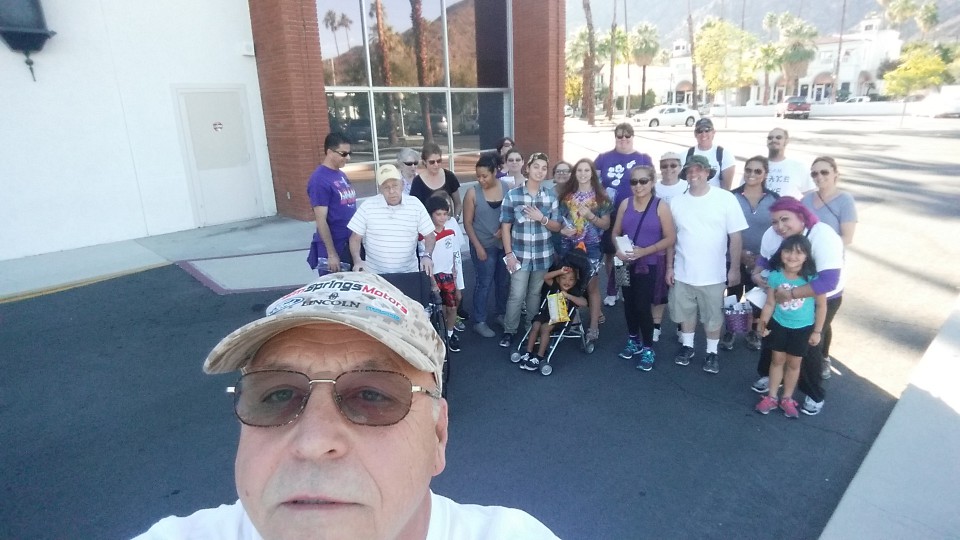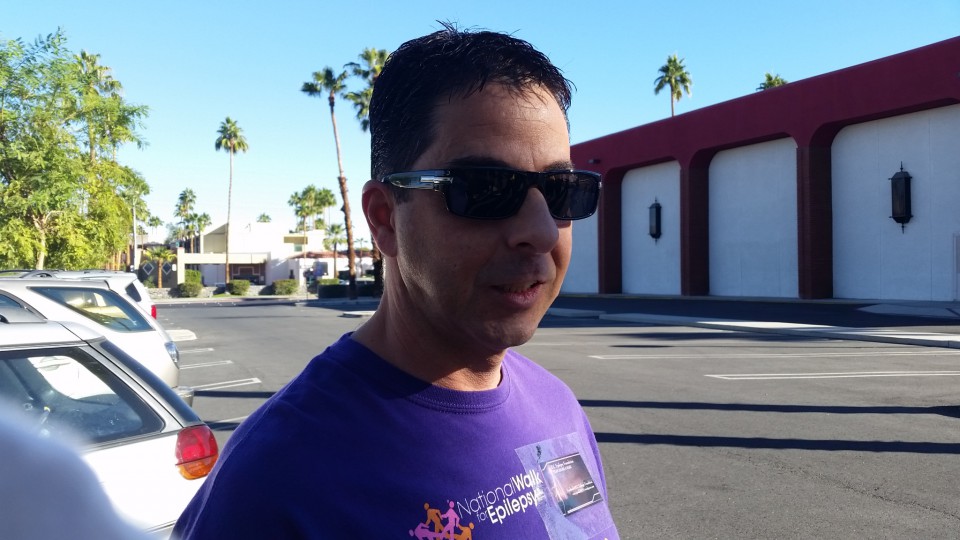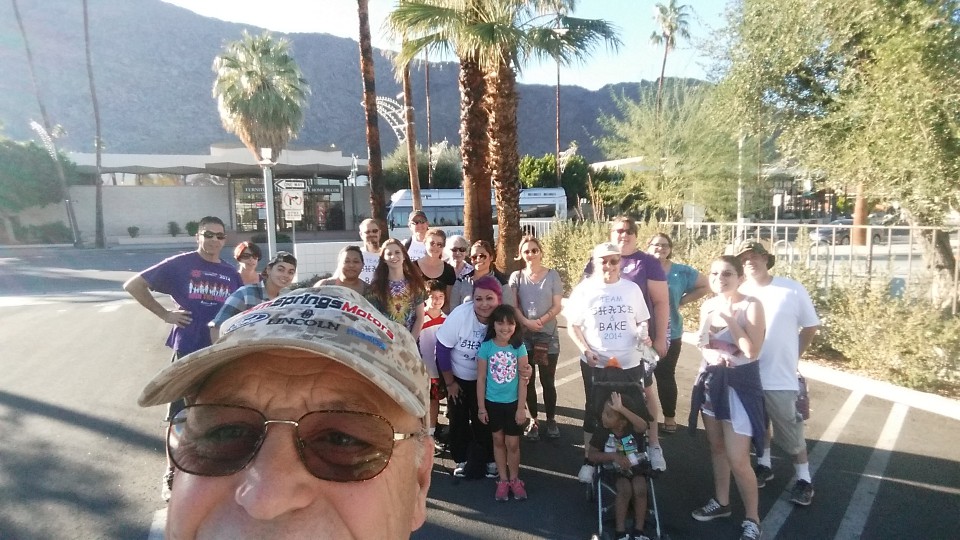Farm Bill 2018- Hemp is legal
Author: admin | Category: Uncategorized
Farm Bill 2018 changes HEMP to an Agricultural Product and NO LONGER a Scheduled Controlled Substances
Congress agreed to the final version of the 2018 Farm Bill, and President Trump is expected to sign the legislation within days. But this is not your typical farm bill. While it provides important agricultural and nutritional policy extensions for five years, the most interesting changes involve the cannabis plant. Typically, cannabis is not part of the conversation around farm subsidies, nutritional assistance, and crop insurance. Yet, this year, Senate Majority Leader Mitch McConnell’s strong support of and leadership on the issue of hemp has thrust the cannabis plant into the limelight.
For a little bit of background, hemp is defined in the legislation as the cannabis plant (yes, the same one that produces marijuana) with one key difference: hemp cannot contain more than 0.3 percent of THC (the compound in the plant most commonly associated with getting a person high). In short, hemp can’t get you high. For decades, federal law did not differentiate hemp from other cannabis plants, all of which were effectively made illegal in 1937 under the Marijuana Tax Act and formally made illegal in 1970 under the Controlled Substances Act—the latter banned cannabis of any kind.
It’s true that hemp policy in the United States has been drastically transformed by this new legislation. However, there remain some misconceptions about what, exactly, this policy change does
Hemp is legal in the United States—with serious restrictions
The allowed pilot programs to study hemp (often labeled “industrial hemp”) that were approved by both the U.S. Department of Agriculture (USDA) and state departments of agriculture. This allowed small-scale expansion of hemp cultivation for limited purposes. The 2018 Farm Bill is more expansive. It allows hemp cultivation broadly, not simply pilot programs for studying market interest in hemp-derived products. It explicitly allows the transfer of hemp-derived products across state lines for commercial or other purposes. Plus it puts no restrictions on the sale, transport, or possession of hemp-derived products, so long as those items are produced in a manner consistent with the law.
However, the new Farm Bill does not create a completely free system in which individuals or businesses can grow hemp whenever and wherever they want. There are numerous restrictions.
First, as noted above, hemp cannot contain more than 0.3 percent THC, per section 10113 of the Farm Bill. Any cannabis plant that contains more than 0.3 percent THC would be considered non-hemp cannabis—or marijuana—under federal law and would thus face no legal protection under this new legislation.
Second, there will be significant, shared state-federal regulatory power over hemp cultivation and production. Under section 10113 of the Farm Bill, state departments of agriculture must consult with the state’s governor and chief law enforcement officer to devise a plan that must be submitted to the Secretary of USDA. A state’s plan to license and regulate hemp can only commence once the Secretary of USDA approves that state’s plan. In states opting not to devise a hemp regulatory program, USDA will construct a regulatory program under which hemp cultivators in those states must apply for licenses and comply with a federally-run program. This system of shared regulatory programming is similar to options states had in other policy areas such as health insurance marketplaces under ACA, or workplace safety plans under OSHA—both of which had federally-run systems for states opting not to set up their own systems.
Third, the law outlines actions that are considered violations of federal hemp law (including such activities as cultivating without a license or producing cannabis with more than 0.3 percent THC). The law details possible punishments for such violations, pathways for violators to become compliant, and even which activities qualify as felonies under the law, such as repeated offenses.
CREDITS: FixGov,
John Hudak, An explainer
Friday, December 14, 2018
15 Sep 2019


 We will be Walking Downtown Palm Springs, Ca.
We will be Walking Downtown Palm Springs, Ca.





